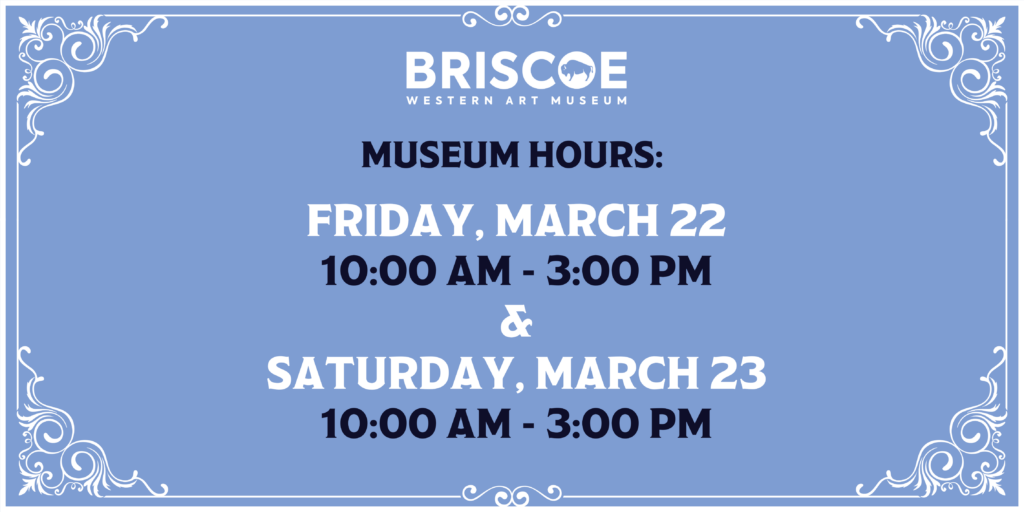About the Taos Society of Artists
In September of 1898, two young artists from New York, Ernest Blumenschein and Bert Phillips discovered the beauty and fascination of the Taos Valley of northern New Mexico. Having studied in France in 1894, they met J.H. Sharp who told them about his recent visit to Taos. Hoping to replicate the art colonies in Europe, this inspired a desire to establish such a colony in Taos. In Taos, the landscape, the Native American and Spanish cultures, and the spectacular light caused Phillips to say to Blumenschein, “For heaven’s sake, tell people what we have found! Send some artists out here. There is a lifetime’s work for twenty men.” Eanger Irving Couse, an artist from Michigan with an instinct to paint the American Indian, was their first to join, arriving in 1902 and returning every year thereafter.
By 1915, six professional artists from the East had made Taos a focus of their work by which they formed the Taos Society of Artists. They sent circuit exhibitions of their paintings across the country, exposing audiences to new cultures, new visions, and a new landscape. This put Taos “on the map” for art and tourism, making it one of the most important art colonies in America. The Society lasted until 1927, by which time there were 12 active members. These included Bert Phillips, Ernest Blumenschein, Irving Couse, Henry Sharp, Oscar Berninghaus, Herbert Dunton, Julius Rolshoven, Walter Ufer, Victor Higgins, Martin Hennings, Kenneth Adams, and Catherine Critcher.
BECOME A MEMBER
Help us bring the spirit of the West alive by becoming a Briscoe Partner!
Click here to become a member!
SUPPORT THE MUSEUM
Governor Dolph Briscoe and his wife Janey envisioned a Museum that would preserve the stories and traditions of the American West.






